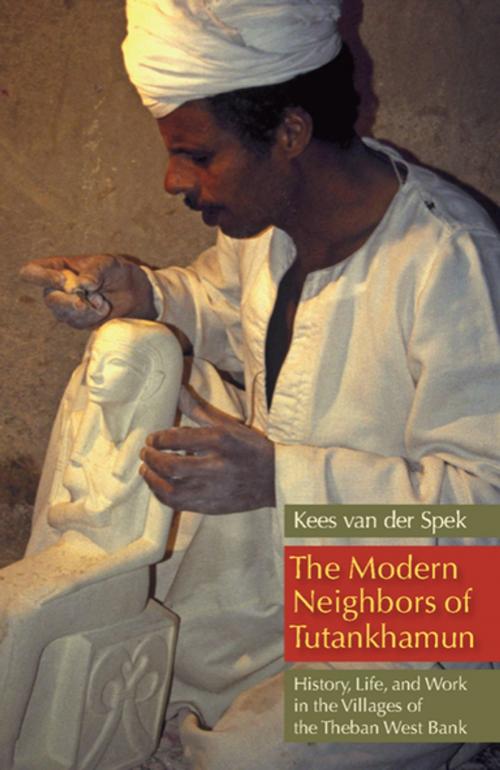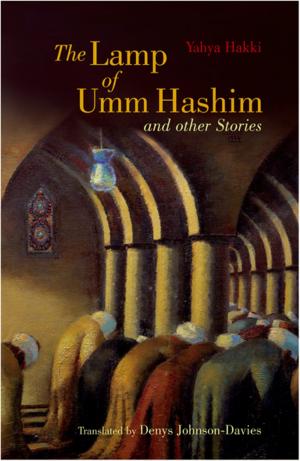The Modern Neighbors of Tutankhamun
History, Life, and Work in the Villages of the Theban West Bank
Nonfiction, Social & Cultural Studies, Social Science, Cultural Studies, Ethnic Studies, Sociology| Author: | Kees van der Spek | ISBN: | 9781617975646 |
| Publisher: | The American University in Cairo Press | Publication: | February 1, 2011 |
| Imprint: | The American University in Cairo Press | Language: | English |
| Author: | Kees van der Spek |
| ISBN: | 9781617975646 |
| Publisher: | The American University in Cairo Press |
| Publication: | February 1, 2011 |
| Imprint: | The American University in Cairo Press |
| Language: | English |
Until their recent demolition, the colorful mud-brick hamlets of al-Qurna village, situated among the Noble Tombs of the Theban Necropolis on the Luxor West Bank, were home to a vibrant community. Inhabiting a place of intensive Egyptological research for over two centuries, it was inevitable that Qurnawis should become part of the history of Egyptology and the development of archaeological practice in the Theban Necropolis. But they have mostly been regarded as laborers for the excavation teams or dealers in the illicit antiquities trade. The modern people inhabiting the ancient burial grounds have themselves rarely been considered. By demonstrating the multiplicity of economic activities that are carried out in al-Qurna, this study counters the villagers' stereotypical representation as tomb robbers, and restores an understanding of who they are as people living their lives in the shadow of valued cultural heritage.
Until their recent demolition, the colorful mud-brick hamlets of al-Qurna village, situated among the Noble Tombs of the Theban Necropolis on the Luxor West Bank, were home to a vibrant community. Inhabiting a place of intensive Egyptological research for over two centuries, it was inevitable that Qurnawis should become part of the history of Egyptology and the development of archaeological practice in the Theban Necropolis. But they have mostly been regarded as laborers for the excavation teams or dealers in the illicit antiquities trade. The modern people inhabiting the ancient burial grounds have themselves rarely been considered. By demonstrating the multiplicity of economic activities that are carried out in al-Qurna, this study counters the villagers' stereotypical representation as tomb robbers, and restores an understanding of who they are as people living their lives in the shadow of valued cultural heritage.















